Oceanology ’22 Day 2: New Demands Drive Ocean Innovation
Day two at Oceanology International in London had a full crowd and plenty of demonstrations of collaboration, as the industry looks to new horizons, as MTR’s Elaine Maslin found on the show floor.
Making new industries fly can demand new ways of working while new technologies can open up whole new classes of vehicle. Demonstrations of both were clearly visible at Oceanology International at London’s Excel Centre.
The challenges are big, including building out the huge amounts of offshore wind that will be needed to ensure net zero goals, explained Brent Warner, head of World Energy Outlook, Power Unit, at the International Energy Agency, during a morning conference session. Offshore wind reached 5 GW capacity additions in 2020. It needs to get to 80 GW capacity additions in 2030, he said.
Mick Cook, managing director at MCL Consultancy, outlined the challenges that will create around seabed geotechnics. To put it into perspective, he said that in 1990 BP had a record year for site investigation surveys, with 67 being done, each site covering about 10 sq km. However, their ScotWind site, won this year, will alone over 840 sq km. As well as the scale, the level of importance of geotechnical surveys and the risk profile are also different to oil and gas, he says, raising a number of challenges, on top of which is a limited pool of experts in this area.
In future it could be better to do speculative surveys, move from 2D to 3D seismic and look at use of artificial intelligence and machine learning for things like boulder clearance, automating data processing, as well as using synthetic aperture sonar and relying less on bore holes or sampling, instead using cone penetrometer testing, he says.
Companies like Ocean Floor Geophysics say developers are now starting to demand a higher level of site investigation, driving technology and more comprehensive surveys. But new ways of delivering such services are also being looked at, including operations via uncrewed surface vessels (USVs).
Norway’s Kystdesign is designing a new work all electric work class ROV that will be USV-ready, like SMD’s Atom electric ROV, which got its first customer, Rovco, announced today via a LOI. L3Harris has been working with the University of Exeter through the ARISE project to optimise ROV operations from USVs while Heriot Watt University in Edinburgh has been focusing on building autonomy into ROVs, to make over the horizon operations easier, another conference session heard.
Meanwhile, new breeds of vehicles are entering the market through companies that either didn’t even exist at the last Oceanology or were still very much start-ups. Norway’s Water Linked, for example, has given new capability to small ROVs and AUVs using its hockey puck sized DVL. It’s a capability French start-up Seaber has taken advantage of. The company wants to create a mass market for its distinctive pink low cost and easy to deploy micro-AUVs that are designed for anyone to be able to deploy and retrieve.
“The problem with AUVs has been cost and usability and they’re real barriers,” he says. “So I said, how can we change the game.” It’s a question many are asking in the ocean space.
Much of these innovations include collaboration, which was visibly demonstrated by Denmark’s Force Technology and Norway’s JM Robotics. The pair have jointly developed the man-portable JM-HD3 FIGS ROV, which offers a new way to do use Force’s FIGS cathodic protection assessment tool from small vessels of opportunity instead of larger crewed ROV or AUV support vessels.
Day 3 of the show continues tomorrow.
Recap - Oceanology '22 Day 1: Expect More Data and Disruption in the Ocean Space






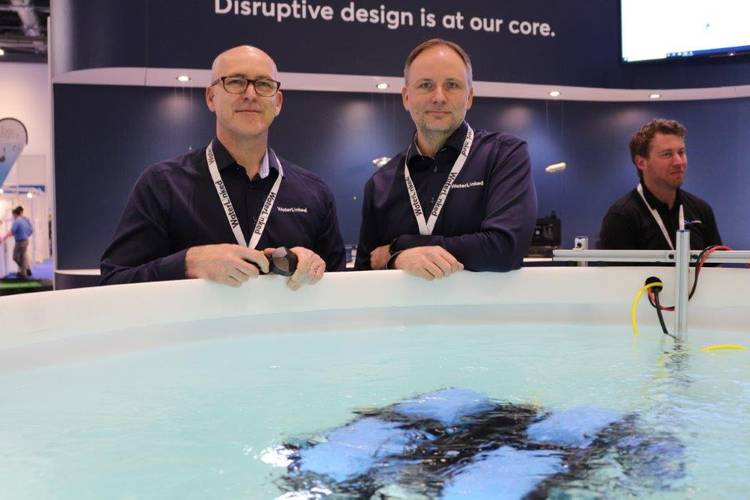
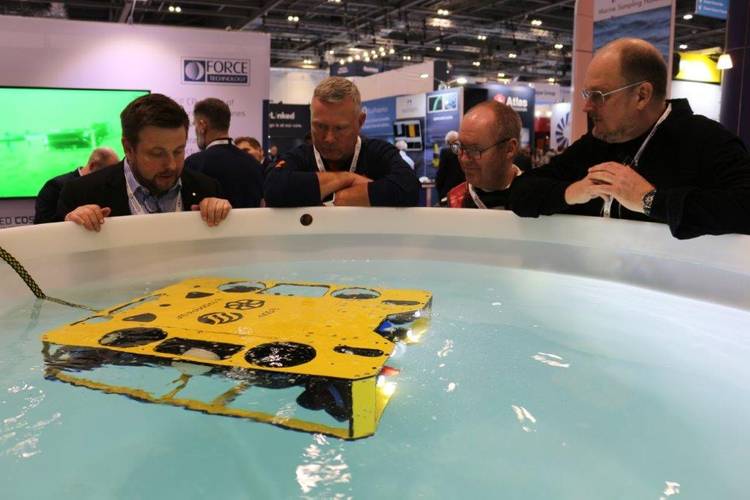
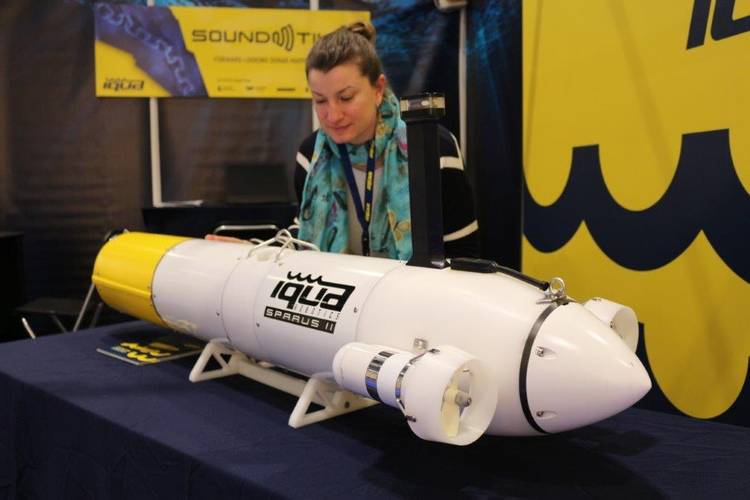
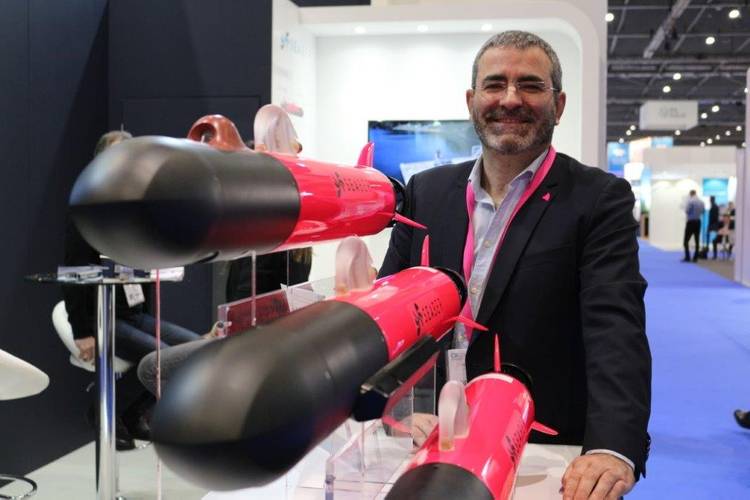
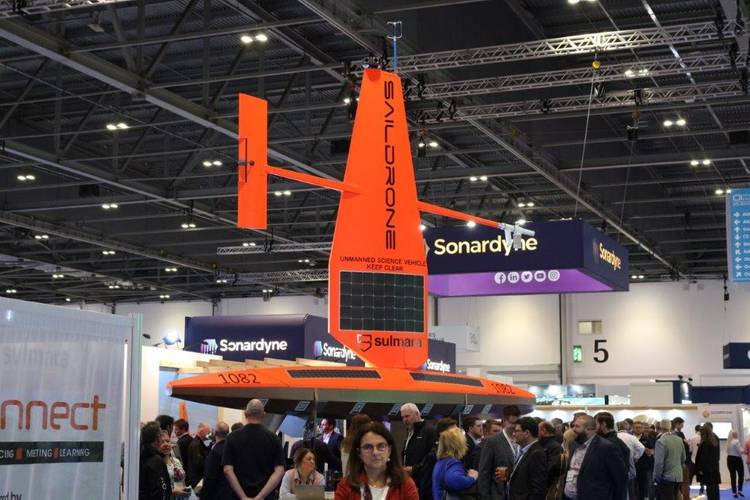
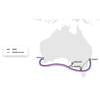
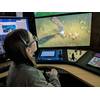
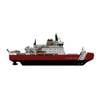

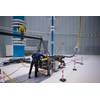







 December 2025
December 2025



